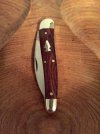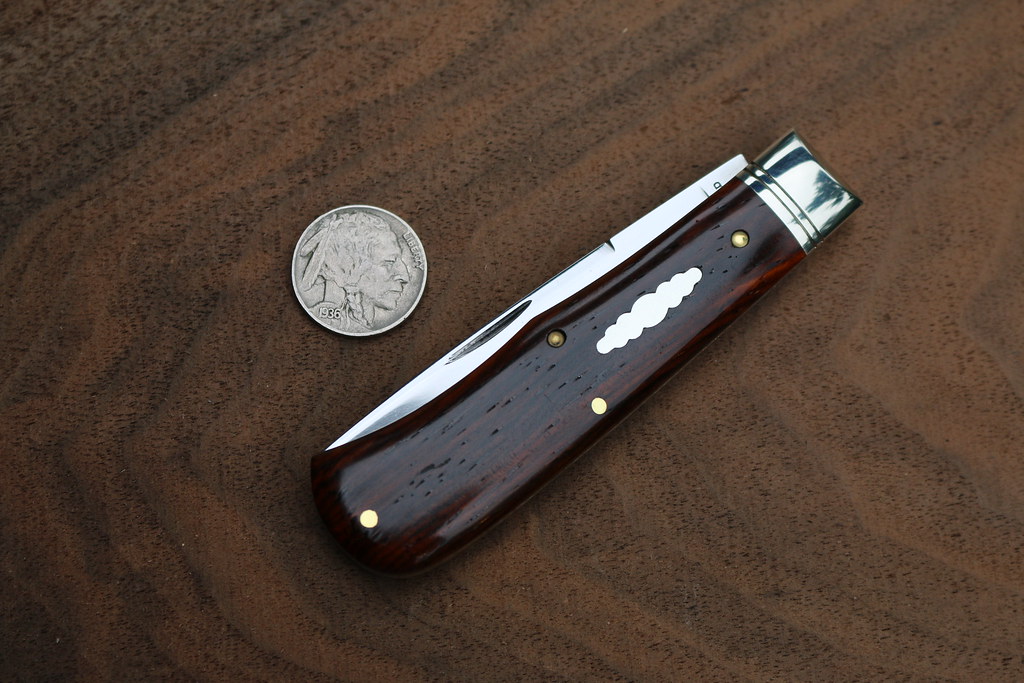"On the subject of hunting knives I am tempted to be diffuse. In my green and callow days (perhaps not yet over) I tried nearly everything in the knife line from a shoemaker's skiver to a machete, and I had knives made to order. The conventional hunting knife is, or was until quite recently, of the familiar dime-novel pattern invented by Colonel Bowie. Such a knife is too thick and clumsy to whittle with, much too thick for a good skinning knife, and too sharply pointed to cook and eat with. It is always tempered too hard. When put to the rough service for which it is supposed to be intended, as in cutting through the ossified false ribs of an old buck, it is an even bet that out will come a nick as big as a saw-tooth and Sheridan forty miles from a grindstone! Such a knife is shaped expressly for stabbing, which is about the very last thing that a woodsman ever has occasion to do, our lamented grandmothers to the contrary notwithstanding."
A camper has use for a common-sense sheath-knife, sometimes for dressing big game, but oftener for such homely work as cutting sticks, slicing bacon, and frying "spuds." For such purposes a rather thin, broadpointed blade is required, and it need not be over four or five inches long. Nothing is gained by a longer blade, and it would be in one's way every time he sat down. Such a knife, bearing the marks of hard usage, lies before me. Its blade and handle are each 4 1/2 inches long, the blade being 1 inch wide, 1/8th inch thick on the back, broad pointed, and continued through the handle as a hasp and riveted to it. It is tempered hard enough to cut green hardwood sticks, but soft enough so that when it strikes a knot or bone it will, if anything, turn rather than nick; then a whetstone soon puts it in order. The Abyssinians have a saying, "If a sword bends, we can straighten it; but if it breaks, who can mend it? " So with a knife or hatchet.
The handle of this knife is of oval cross-section, long enough to give a good grip for the whole hand, and with no sharp edges to blister one's hand. It has a 1/4 inch knob behind the cutting edge as a guard, but there is no guard on the back, for it would be useless and in the way. The handle is of light but hard wood, 3/4 inch thick at the butt and tapering to 1/2 inch forward, so as to enter the sheath easily and grip it tightly. If it were heavy it would make the knife drop out when I stooped over. The sheath has a slit frog binding tightly on the belt, and keeping the knife well up on my side. This knife weighs only 4 ounces. It was made by a country blacksmith, and is one of the homeliest things I ever saw; but it has outlived in my affections the score of other knives that I have used in competition with it, and has done more work than all of them put together."
Horace Kephart, Woodcraft and Camping
. I had never quite understood the "warmth" that I always read about on the forum, but I get it now. I can see more cocobolo in my future ...


















